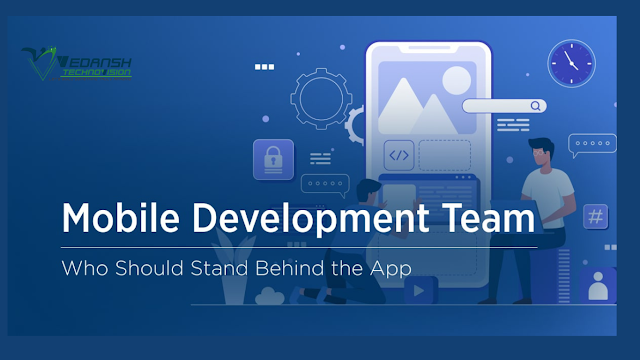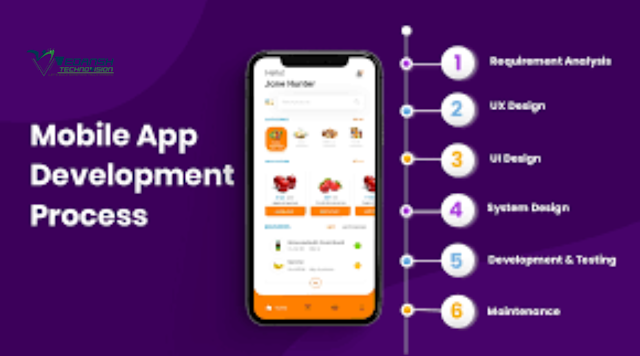The Future of HTML and Web Development-Shaping the Digital Landscape
In the ever-evolving world of technology, the web continues to play a central role in our lives. And at the core of the web lies HTML (Hypertext Markup Language), the foundational language that structures and presents content on the internet. Since its inception, HTML has undergone numerous updates and improvements, and its future promises to bring exciting advancements in web development. This article explores the future of HTML and web development, discussing emerging trends, innovative features, and the transformative potential they hold.
I. HTML5 and Its Impact:
HTML5, released in 2014, revolutionized the web development landscape by introducing new semantic elements, enhanced multimedia capabilities, and improved APIs. It provided developers with a powerful toolkit for building rich and interactive web experiences, driving the growth of cross-platform applications and mobile-friendly websites. Despite its significant advancements, HTML5 was only the beginning of a much larger transformation.
II. The Rise of Web Components:
Web Components, an emerging standard, is set to redefine web development practices. It enables developers to create reusable custom elements with encapsulated functionality, promoting modularity and code reusability. By utilizing Shadow DOM, HTML templates, and Custom Elements, web components offer a modular approach to building web applications, enhancing efficiency, and reducing development time. As browser support for web components improves, it is likely to become a fundamental part of web development in the future.
III. HTML6 and Beyond:
Looking ahead, HTML6 is anticipated to build upon the foundations laid by HTML5 and further enhance the web development landscape. While HTML6 is still in its early stages, several potential features have been proposed, including native support for responsive images, better accessibility, and improved form validation. The future version of HTML will likely prioritize accessibility, performance, and security, adapting to the needs of modern web developers and users.
IV. Web Assembly: A New Era of Performance:
Web Assembly (Wasm) is a binary instruction format that allows developers to run high-performance applications on the web. By bridging the gap between web technologies and low-level languages like C++ and Rust, Web Assembly opens up new possibilities for web development. With its ability to execute code at near-native speeds, it enables developers to create complex applications such as games, image and video editing tools, and even virtual reality experiences. The adoption of Web Assembly will continue to expand, transforming the web into a platform for computationally intensive applications.
V. Progressive Web Apps (PWAs):
Progressive Web Apps combine the best of the web and native applications, offering a seamless user experience across devices. PWAs leverage modern web capabilities like offline functionality, push notifications, and home screen installation, blurring the lines between web and mobile applications. As HTML and web development techniques evolve, PWAs will become more prominent, delivering native-like experiences without the need for app store distribution.
VI. The Role of Artificial Intelligence (AI):
Artificial Intelligence is making its mark on web development, enabling enhanced personalization, automation, and intelligent decision-making. HTML and web technologies are embracing AI integration through machine learning libraries, chatbots, and voice assistants. As AI continues to evolve, HTML will provide the foundation for integrating intelligent features into web applications, creating more engaging and personalized user experiences.
VII. Web Accessibility and Inclusivity:
The future of HTML and web development will prioritize web accessibility and inclusivity. With an increasing focus on creating websites that are usable by all individuals, including those with disabilities, HTML will play a crucial role in implementing accessibility standards. The adoption of new HTML features like ARIA (Accessible Rich Internet Applications) and semantic markup will contribute to building a more inclusive digital world.





Comments
Post a Comment